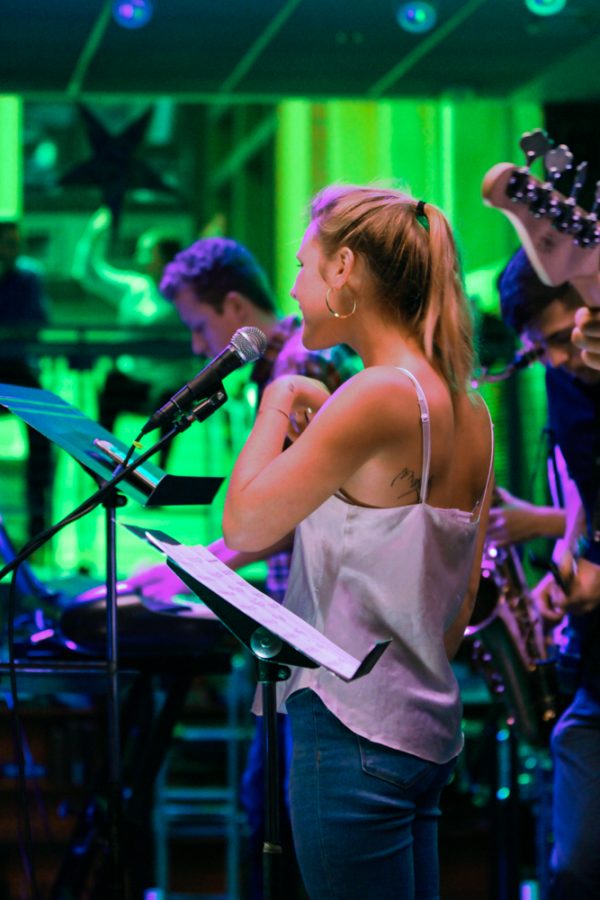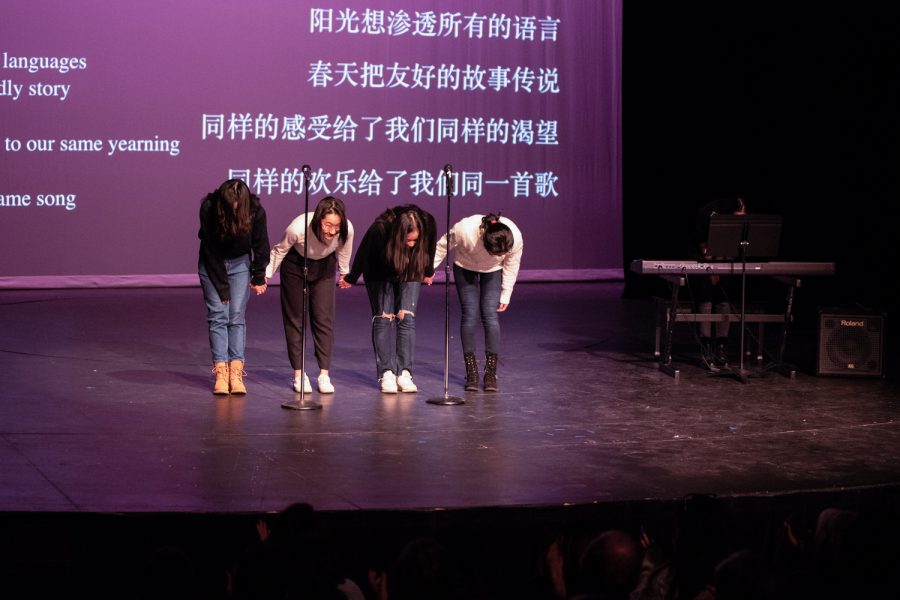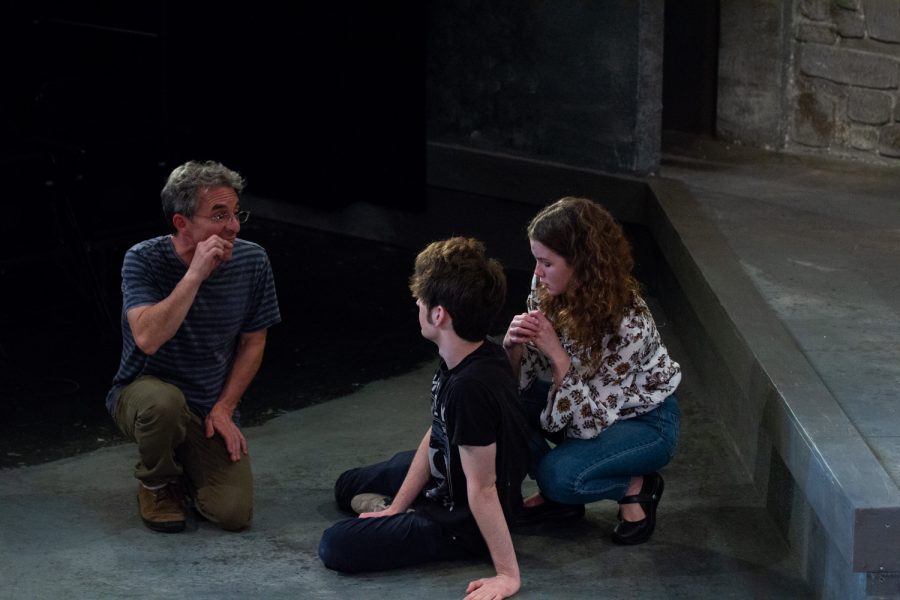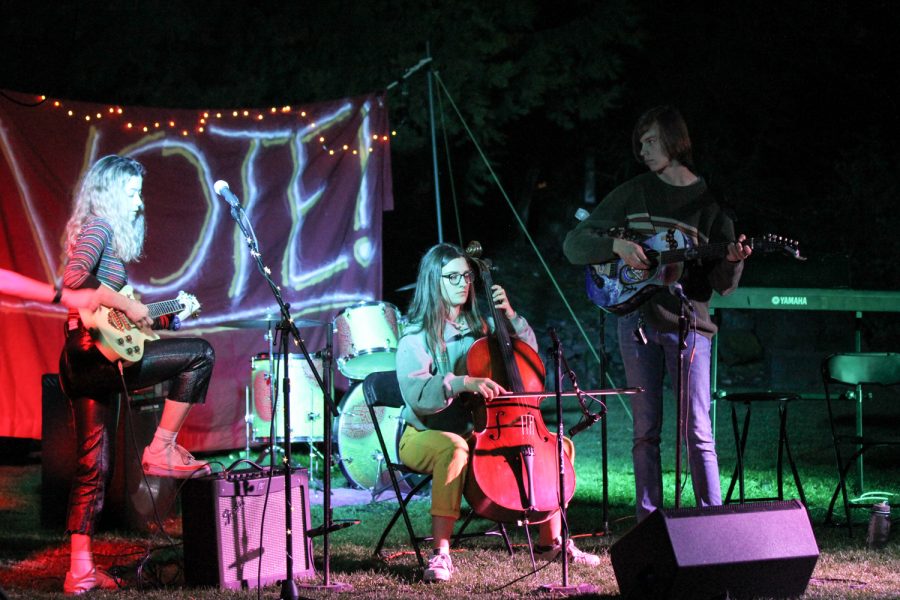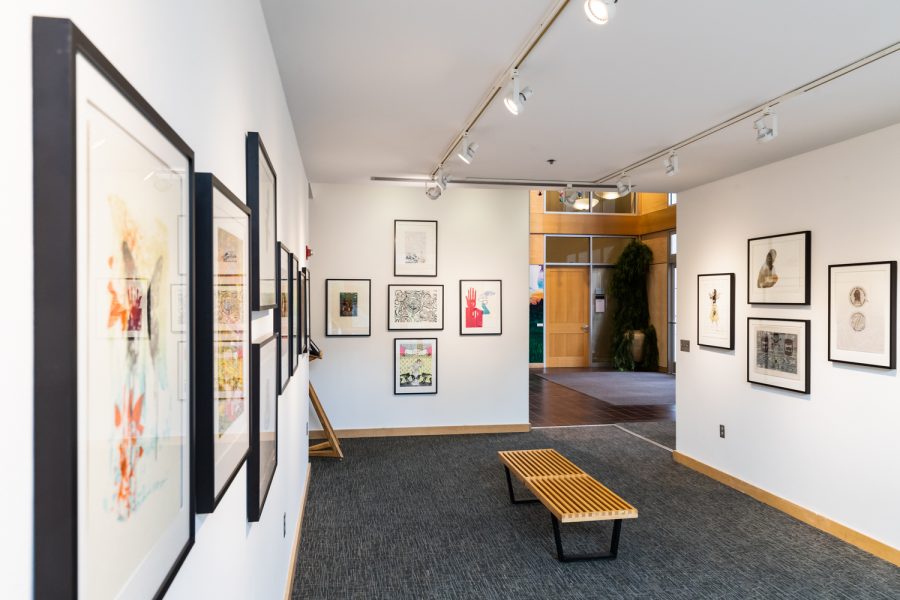Whitman’s Department of Music does its best to remain open and accessible to all Whitman students, regardless of major or previous involvement in music. One option that welcomes all students is the possibility to learn an instrument. Teachers in the music department are available for instruments from voice to piano to sitar.
Each semester fluctuates. One instance of this being that this semester has the largest amount of banjo players, at seven students, ever in the history of banjo at Whitman.
“People are more interested in [playing banjo]. It’s been great for me because it’s kind of a passion for me to teach this instrument,” said Music Assistant Jon St. Hilaire.
Hilaire sites bands such as Mumford & Sons and Sufjan Stevens as part of the resurgence of folk in contemporary music. He notes that there are still “hardcore folk” artists, but that folk is such a mutable genre of music that many other artists are utilizing folk instruments and subgenres, such as bluegrass, to create contemporary combinations.
Another instrument that became available to students at Whitman in the fall of 2014 is the sitar. This unique instrument is offered by new Whitman Music Assistant Jeremiah Gregg, who has been studying sitar for roughly 13 years. He began in his first of seven trips to India and has overall spent an accumulation of three years in India. Four students last semester and four this semester are enrolled in lessons.
“The sitar has been my favorite instrument for as long as I can remember. My parents mainly played world music in the house growing up, and took my sister and me to lots of world music festivals, which often featured Indian Classical music, so I fell in love with it early on (along with other styles of Indian music),” said senior Rhiannon Clarke in an email. “I’d always in the back of my mind wanted to take sitar lessons, but I just assumed I’d never get the chance.”
Gregg has taught on and off for eight years, and he recognizes that teaching is a profoundly different experience than playing the instrument.
“I thought [musicians] who taught lessons didn’t perform; however, my guru was very much an international performer. It gave me a different perspective on the importance of teaching here and artistic practice. You have to know what you know so much more thoroughly [as a teacher] than if you just play,” said Gregg.
Gregg learned the process of teaching the sitar from his guru, Ustad Usman Khan of Pune, in India. In this process, the student must first learn to sing on key and practice the technique before delving into playing tunes.
Additionally, Gregg learned the importance in sitar of tuning each string by ear to create a relationship with each string between the performer and the instrument.
“Each note has a certain feeling. If you can feel that unique feeling then you can, in your mind, create that feeling and that’s how you start to sing on key. I think in order to really tune well [you need to learn to sing before you play],” he said.
Clarke notes that the teaching style between Western music and learning the sitar seem largely similar, but, similar to Gregg’s observations, the general process of learning the instrument is different.
“Learning sitar has felt very holistic, maybe more so than learning other instruments. It feels like there are so many components: learning to sing pitches; working on rhythm patterns; and playing the instrument itself,” she said in an email.





